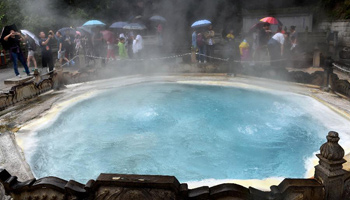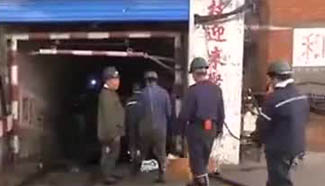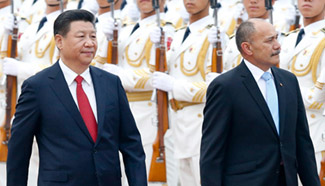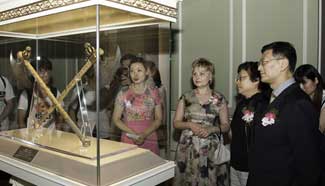
Poor equipment
Weaponry matters in modern warfare. An advantage for developed countries is their advanced and optimized weapons. Japan, a highly organized industrial country, could effectively coordinate artillery, infantry, cavalry and armored troops on the ground as well as air, sea and land forces. China’s armed forces, on the other hand, mostly consisted of infantry, with some artillery, mechanized troops and an air force. A lack of cooperative combat awareness and poor coordination led only to defeat.
Japan had built a complete armaments industry after the end of World War I, with almost all of its weapons self-produced and standardized. But China had no developed manufacturing capacity and its weapons imports were chaotic. Warlords across China purchased their own arms based on political support and sometimes kickbacks. China imported weapons from more than a dozen countries. It was disastrous for logistics support as parts and ammunition never matched weapons, and imports were never secure.
Though Kuomintang (KMT) troops outnumbered the Japanese when the war began, and their weapons were equal in terms of performance, the KMT barely won a single battle. An important reason was its poor cooperative engagement capability. Command and field troops had trouble working together. Infantry and artillery within the same troop were never coordinated, let alone combined tactics between ground and air forces. Japanese troops, with their organized and orderly cooperative engagement, gained the upper hand. Their Commander-in-Chief, Okamura Yasuji, said one Japanese regiment was more than able to smash a KMT division, and a battalion was enough to defeat a division of miscellaneous troops.
Later in the war, five Chinese divisions stationed in India were armed with American equipment. The firepower and mobility were far beyond the Japanese troops, not to mention the U.S. air support. A strong desire to win the war and hatred of the Japanese aggressors encouraged soldiers to keep high morale. They defeated two Japanese divisions based in northern Myanmar within a year, which demonstrated the power of advanced equipment and coordination of the KMT troops.










